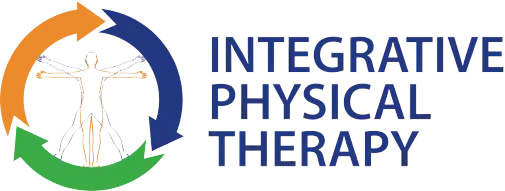Are you tired of living with chronic pain due to tendinitis? Does the thought of taking prescription painkillers or undergoing invasive surgery make you feel uneasy? If so, you may want to consider trying dry needling treatment to alleviate your symptoms.
Dry needling is a minimally invasive procedure that involves inserting fine, sterile needles into trigger points or knots in your muscles. This technique is similar to acupuncture but differs in the placement of the needles and the intended outcome.
An effective treatment for various forms of tendinitis, dry needling is a treatment that has been used for such ailments including Achilles tendinitis, tennis elbow, and rotator cuff tendinitis. Here are some of the ways that dry needling can benefit those suffering from tendinitis:
Decreased Pain
Tendinitis can cause severe pain that can be difficult to manage with traditional painkillers. Dry needling works by targeting the trigger points or knots in your muscles that are contributing to your pain. The needles stimulate the release of endorphins, which are natural painkillers that can help to alleviate your symptoms. As a result, many patients report a significant reduction in pain after just a few sessions.
Improved Range of Motion
Tendinitis can cause stiffness and limited range of motion, making it challenging to perform everyday tasks. Dry needling can help to increase your range of motion by releasing tension in your muscles and improving blood flow to the affected area. This increased mobility can help you to perform tasks that were once difficult or impossible.
Faster Healing
Dry needling can stimulate the body’s natural healing response, which can help to speed up the healing process. By increasing blood flow to the affected area, dry needling can help to promote the growth of new tissue and reduce inflammation. This can lead to a faster recovery time and a quicker return to your normal activities.
Non-Invasive
Unlike surgery, dry needling is a non-invasive treatment option that does not require incisions or general anesthesia. This means that there is no risk of scarring or long recovery times associated with surgery. Additionally, dry needling is a relatively painless procedure that is well-tolerated by most patients.
Cost-Effective
Dry needling is a cost-effective treatment option for tendinitis. Traditional treatments for tendinitis, such as surgery or long-term medication use, can be expensive and require ongoing care. Dry needling, on the other hand, is a one-time or short-term treatment option that can provide long-term relief.
Personalized Treatment
Dry needling treatment is personalized to each patient’s specific needs. A trained practitioner will assess your condition and determine the best course of treatment for your unique situation. This personalized approach can help to ensure that you receive the most effective treatment possible.
Fewer Side Effects
Traditional treatments for tendinitis can come with a host of unwanted side effects, such as nausea, dizziness, and gastrointestinal issues. Dry needling, on the other hand, is a minimally invasive treatment option that has few side effects. Some patients may experience mild soreness or bruising at the site of the needle insertion, but these symptoms typically resolve within a few days.
Improved Muscle Function
Tendinitis can cause muscle weakness and imbalances, which can lead to further injury and pain. Dry needling can help to restore proper muscle function by releasing tension and improving blood flow to the affected area. This can help to prevent further injury and promote overall muscle health.
Faster Recovery from Sports Injuries
Athletes are at a higher risk for developing tendinitis due to the repetitive motions involved in many sports. Dry needling can be a valuable tool for athletes recovering from tendinitis-related injuries, as it can help to speed up the healing process and improve overall muscle function. This can allow athletes to return to their sport more quickly and with less risk of reinjury.
Reduced Need for Medication
Many patients with tendinitis rely on prescription painkillers to manage their symptoms. However, long-term use of these medications can come with a host of unwanted side effects, including addiction and dependence. Dry needling can provide a non-pharmacological alternative for managing pain, reducing the need for medication and associated risks.
Improved Quality of Life
Living with chronic pain due to tendinitis can significantly impact one’s quality of life. It can limit mobility, cause anxiety and depression, and interfere with daily activities. Dry needling can help to alleviate pain and improve function, allowing patients to return to their normal activities and enjoy a better quality of life.
Complementary Treatment Option
Dry needling can be used in conjunction with other forms of treatment for tendinitis, such as physical therapy and chiropractic care. By combining different modalities, patients can achieve a more comprehensive and effective treatment plan.
In summary, dry needling can be an effective treatment option for those suffering from various forms of tendinitis. This non-invasive treatment option can help to alleviate pain, improve range of motion, promote faster healing, and provide long-term relief. Additionally, dry needling is a cost-effective and personalized treatment option that has few side effects. If you are struggling with chronic pain due to tendinitis, talk to the professionals at Integrative Physical Therapy to see if dry needling may be a suitable treatment option for you.

